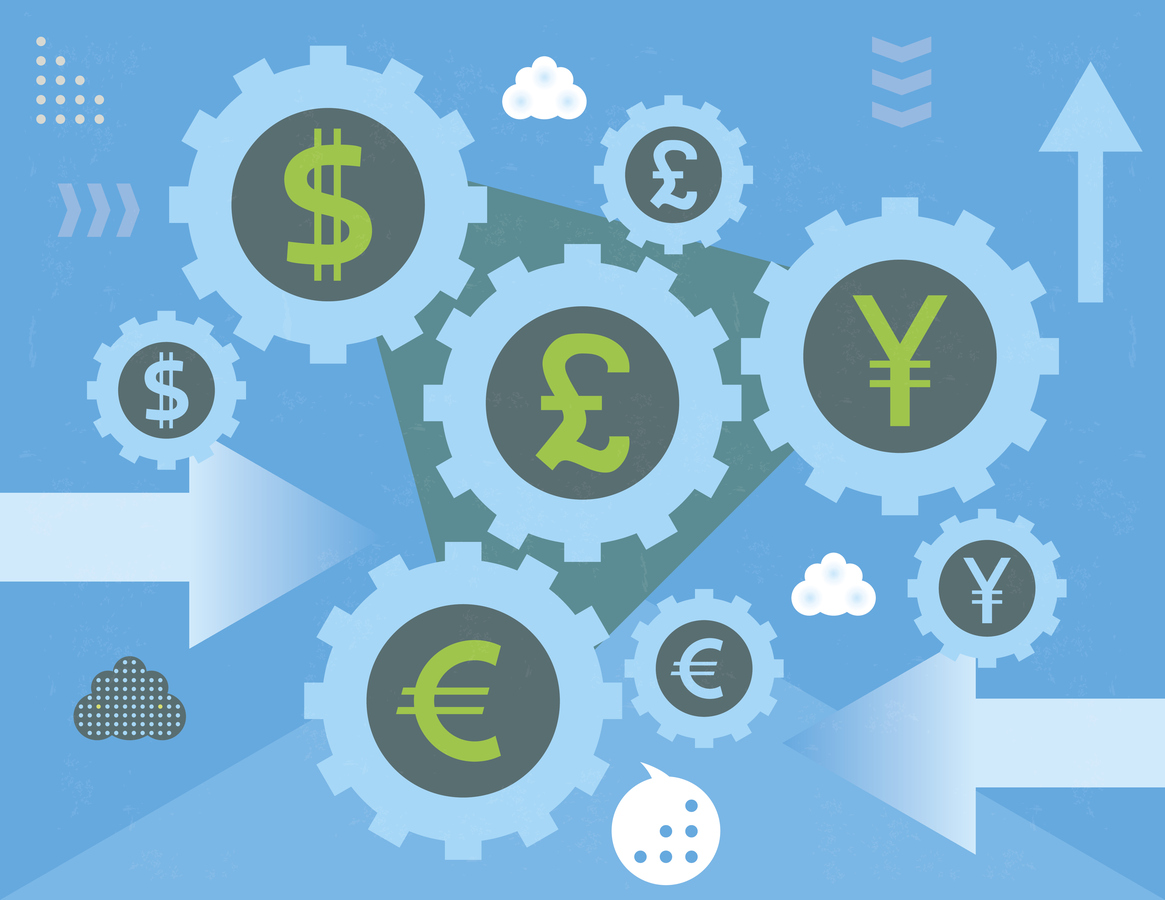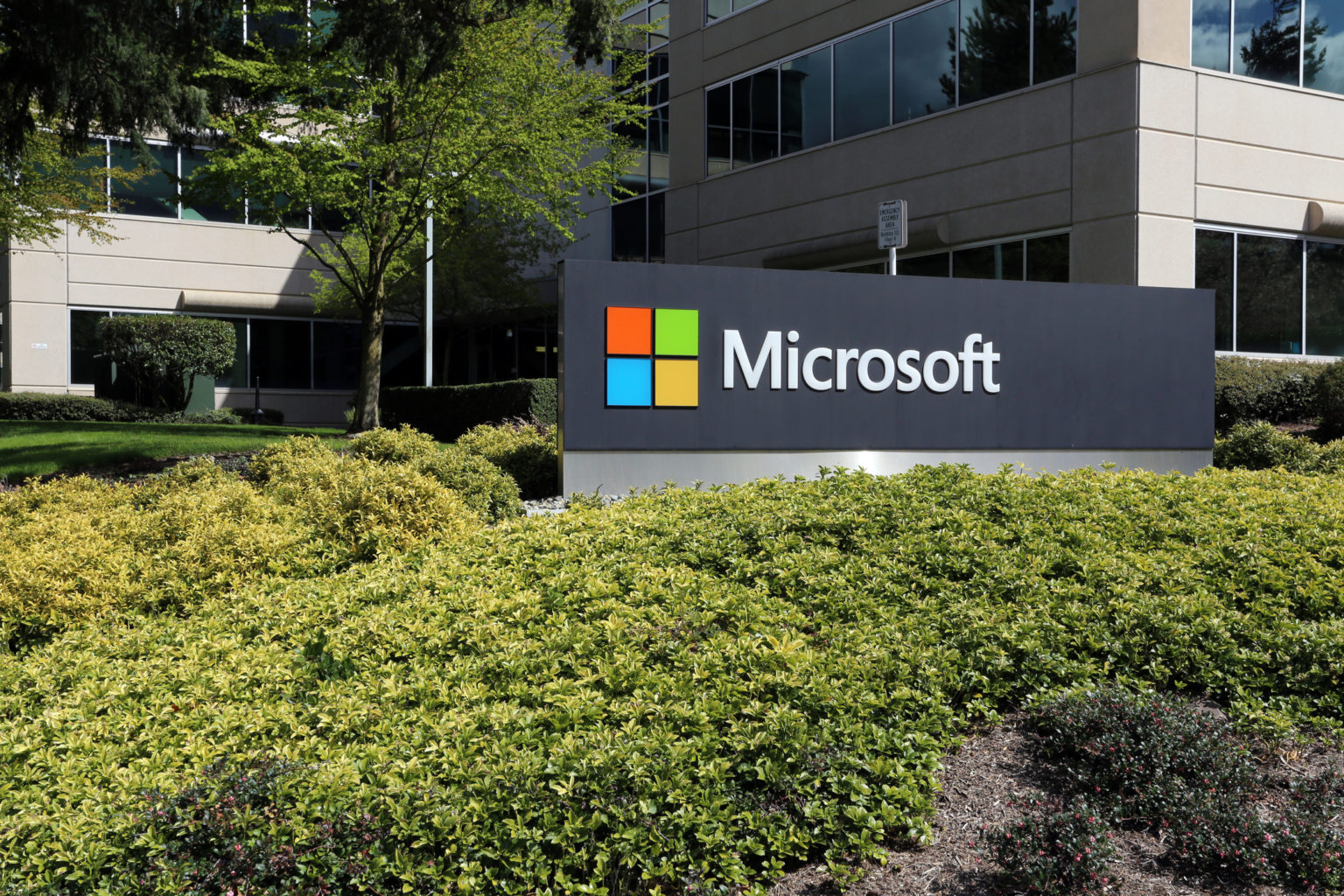Mozilla spoke out about using the word “meritocracy”, as a way to describe its governance and leadership structures, last week. Mozilla has decided to discontinue using the word “meritocracy” following the revised proposal last week.
“We have been thinking about the words we use as important carriers of our intended culture and the culture we wish to see in the broader movements we participate in. We have, therefore, taken up a review of our language and practices”, writes Emma Irwin on the Mozilla diversity blog.
The first line of Mozilla’s governance reads, “Mozilla is an open source project governed as a meritocracy.” Meritocracy refers to a structure governed by people selected according to merit. On the surface, this sounds ideal, but given its abused usage, it had become analogous to an insidious way of maintaining exclusivity to those with access and experience.
Using the term “meritocracy” to refer to communities suffering from a “lack of diverse representation” and without “equal opportunity” seems biased thereby perpetuating a dominant monoculture. Emma states that about 20 years ago, “meritocracy” was the best practice among open source projects. However, now this concept has become more linked to hidden bias and outright abuse. This bias involves devaluing a person’s contributions based on certain aspects of their identity such as gender, race, etc.
Many advocates for women and minorities in the tech world have spoken out about how the tech industry considers men to be better at their jobs than everyone else. They don’t take into account the fact that many men have had more opportunities to succeed than their minority and female counterparts.
A general belief in the open source community is that those contributing the most, have the most merit and are most deserving. Those who contribute less are not as “meritorious”, ignoring the fact that they might have less access to opportunity, time, and money, preventing them from contributing freely. This is the reality of the open source “meritocracies”, and one of the driving factors behind less diverse culture among the open source community.
As a result, Patrick Finch, former strategist, Mozilla, and Emma Irwin, Open Project & Communities Specialist, Mozilla, revised the proposal to better articulate the major principle behind Mozilla’s governance statement.
The revised proposal states:
Mozilla is an open source project. Our community is structured as a virtual organization. Authority is primarily distributed to both volunteer and employed community members as they show their ability through contributions to the project. The project also seeks to debias this system of distributing authority through active interventions that engage and encourage participation from diverse communities.
Mitchell Baker, Mozilla’s co-founder, and chair accepted the revised proposal. She said:
“The original meaning I took for meritocracy in open source meant empowering individuals, rather than managers, or manager’s managers or tenure-based authority. However, it’s now clear that so-called meritocracies have included effective forms of discrimination. I personally long for a word that conveys a person’s ability to demonstrate competence and expertise and commitment separate from the job title, or college degree, or management hierarchy, and to be evaluated fairly by one’s peers”.
Mozilla is not the only one who has decided to step down from using meritocracy. GitHub’s CEO Chris Wanstrath literally removed the rug at Github’s San Francisco headquarters, back in 2014. The rug kept as a centerpiece at the office room was emblazoned with the phrase, “United Meritocracy of GitHub”.
Another example of organizations taking a step to promote diversity is Python dumping the offensive ‘master’, ‘slave’ terms in its documentation.
Also, in September, Linux dropped its meritocracy based Code of Conflict in favor of a new Code of Conduct just as Linus Torvalds took a break from Linux to work on his behavioral issues. This new Code of Conduct has been at the epicenter of a major culture clash within the Linux community of late.
“I long for a word that makes it clear that each individual who shares our mission is welcome, and valued, and will get a fair deal at Mozilla – that they will be recognized and celebrated for their contributions without regard to other factors. Sadly, “meritocracy” is not the word it once was. The challenge is not to retain a word that has become tainted. The challenge is to build teams and culture and systems that are truly inclusive”, says Baker.
People’s opinions about Mozilla’s decision are varied:
“Well, meritocracy means we will try to select and give influence/recognition based on merit. When someone tries to push an idea like "let's have more Asians" or "let's have more men" in the project we can direct them to the very first statement where they see we do selection based on merit and not skin color, gender or sexual orientation.
Any attempt to introduce gender/race/sexual orientation quotas will promptly be rejected on those basis. There is value in wording it like this beyond "let's do good", reads a comment by “bluecalm” on Hacker News.
“The real issue here is that some people get really upset by the word "meritocracy". Clearly, you have never dealt with a white man who is better off than certain women, or people from ethnic minorities, and thinks it's because his being white/male makes him inherently better and invokes "meritocracy" all the freaking time. I have. And I'm a half-Asian male - I can't imagine what it's like to deal with that jerk if I were a woman or an ethnic minority he didn't consider inherently intelligent. When the word "meritocracy" is used to structurally shut down debates of sexism and racism, it is no longer about meritocracy”, reads a comment by “vanderZwan” on Hacker News.
“How is this relevant? If someone is voicing dissent about a culture there's a million barriers they can hide behind instead of facing the allegations ("we're committed to working towards a more diverse and inclusive environment..."). Are we to cower away from any word that can be twisted to justify bad things as well as good things, for fear that people will abuse them?
The word "meritocracy" doesn't seem like a line of code specifying an objective action that is to be taken to solve a problem, it describes a vision of how someone would ideally like their company to operate. How about we just call out bad behavior when we see it and not let it pollute the vision? That's what needs to happen, or we'll be locked in this battle until one political group manages to suppress the others (that, by the way, seem to have the exact same end goals they do)”, reads a comment by “nyxxie” on Hacker News.
For more information, check out the official Mozilla diversity blog.
Mozilla, Internet Society, and web foundation wants G20 to address “techlash” fuelled by security and privacy concerns
Mozilla optimizes calls between JavaScript and WebAssembly in Firefox, making it almost as fast as JS to JS calls
Mozilla updates Firefox Focus for mobile with new features, revamped design, and Geckoview for Android
Mary Meeker, one of the premier Silicon Valley investors, quits Kleiner Perkins to start her own firm
Read more
 United States
United States
 Great Britain
Great Britain
 India
India
 Germany
Germany
 France
France
 Canada
Canada
 Russia
Russia
 Spain
Spain
 Brazil
Brazil
 Australia
Australia
 South Africa
South Africa
 Thailand
Thailand
 Ukraine
Ukraine
 Switzerland
Switzerland
 Slovakia
Slovakia
 Luxembourg
Luxembourg
 Hungary
Hungary
 Romania
Romania
 Denmark
Denmark
 Ireland
Ireland
 Estonia
Estonia
 Belgium
Belgium
 Italy
Italy
 Finland
Finland
 Cyprus
Cyprus
 Lithuania
Lithuania
 Latvia
Latvia
 Malta
Malta
 Netherlands
Netherlands
 Portugal
Portugal
 Slovenia
Slovenia
 Sweden
Sweden
 Argentina
Argentina
 Colombia
Colombia
 Ecuador
Ecuador
 Indonesia
Indonesia
 Mexico
Mexico
 New Zealand
New Zealand
 Norway
Norway
 South Korea
South Korea
 Taiwan
Taiwan
 Turkey
Turkey
 Czechia
Czechia
 Austria
Austria
 Greece
Greece
 Isle of Man
Isle of Man
 Bulgaria
Bulgaria
 Japan
Japan
 Philippines
Philippines
 Poland
Poland
 Singapore
Singapore
 Egypt
Egypt
 Chile
Chile
 Malaysia
Malaysia















